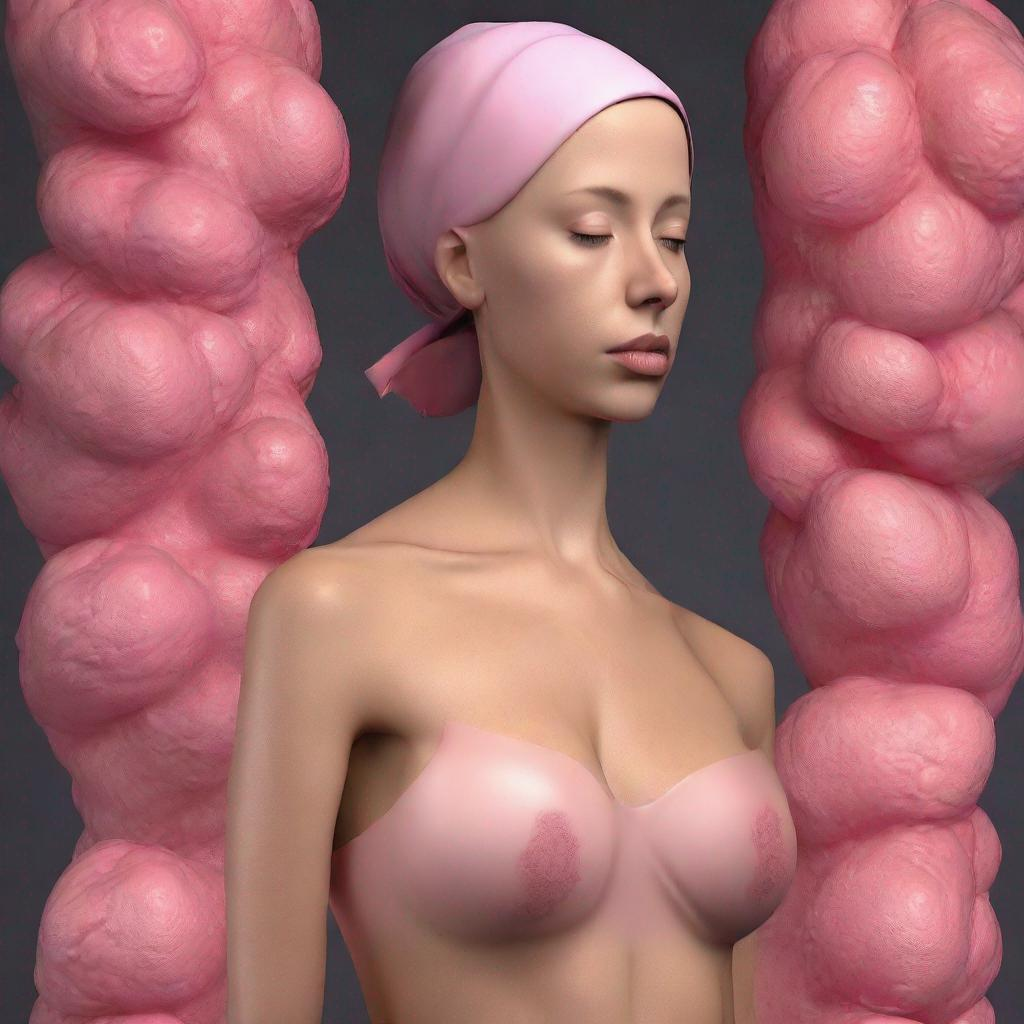## Breast Cancer: A Comprehensive Guide
### Introduction
Breast cancer is a malignant tumor that forms in the breast tissue. It can develop in both men and women, though it is more common among women. The most common symptom of breast cancer is a lump or thickening in the breast or underarm.
### Symptoms
* Breast lump or thickening
* Breast pain
* Nipple discharge
* Breast swelling
* Breast tenderness
* Breast asymmetry
* Nipple inversion
* Paget’s disease of the breast (a rare type of breast cancer that affects the nipple)
### Diagnosis
Breast cancer is typically diagnosed through a combination of tests, including:
* **Mammogram:** An X-ray image of the breast
* **Ultrasound of the breast:** A non-invasive imaging procedure that uses sound waves to create images of the breast tissue
* **Breast MRI:** A magnetic resonance imaging scan that provides detailed images of the breast
* **Breast biopsy:** Removal of a small sample of breast tissue for examination under a microscope
### Prevention
There are no guaranteed ways to prevent breast cancer, but there are some factors that may reduce your risk:
* **Maintaining a healthy weight:** Obesity increases the risk of breast cancer
* **Exercising regularly:** Physical activity has been linked to a lower risk of breast cancer
* **Limiting alcohol intake:** Heavy alcohol consumption increases the risk of breast cancer
* **Quitting smoking:** Smoking cigarettes increases the risk of breast cancer
* **Breastfeeding:** Breastfeeding for at least six months may reduce the risk of breast cancer
* **Taking certain medications:** Some medications, such as tamoxifen and raloxifene, can reduce the risk of breast cancer in high-risk women
* **Getting a mammogram regularly:** Regular mammograms can help detect breast cancer early when it is most treatable
### Treatment
Treatment for breast cancer depends on factors such as the stage of the cancer, the size and location of the tumor, and the patient’s overall health. Treatment options may include:
* **Surgery:** Surgery to remove the tumor, along with some surrounding tissue
* **Radiation therapy:** High-energy radiation is used to kill cancer cells
* **Chemotherapy:** Drugs are used to kill cancer cells
* **Targeted therapy:** Drugs are used to target specific molecules involved in cancer growth
* **Hormone therapy:** Drugs are used to block hormones that stimulate cancer growth
* **Immunotherapy:** The patient’s immune system is stimulated to fight the cancer cells
### Complications
Treatment for breast cancer can lead to a variety of complications, including:
* **Lymphedema:** Swelling in the arm or breast
* **Infection:** Surgery and radiation therapy can increase the risk of infection
* **Pain:** Surgery and radiation therapy can cause pain
* **Fatigue:** Treatment for breast cancer can lead to fatigue
* **Menopause:** Treatment for breast cancer can lead to menopause (the end of menstruation)
* **Infertility:** Treatment for breast cancer can affect fertility
* **Metastatic breast cancer:** Breast cancer that has spread to other parts of the body
### Related Terms
* **Benign breast disease:** Non-cancerous breast conditions
* **Breast density:** The amount of dense tissue in the breast; denser breasts have a higher risk of cancer
* **Family history of breast cancer:** Having a family history of breast cancer increases your risk
* **Breast feeding:** Breastfeeding may reduce the risk of breast cancer
* **Estrogen receptor (ER):** A protein found on some breast cancer cells that allows estrogen to stimulate cancer growth
* **Progesterone receptor (PR):** A protein found on some breast cancer cells that allows progesterone to stimulate cancer growth
* **HER2 receptor:** A protein found on some breast cancer cells that allows certain growth factors to stimulate cancer growth
* **Lymphedema:** Swelling in the arm or breast
* **Metastatic breast cancer:** Breast cancer that has spread to other parts of the body




